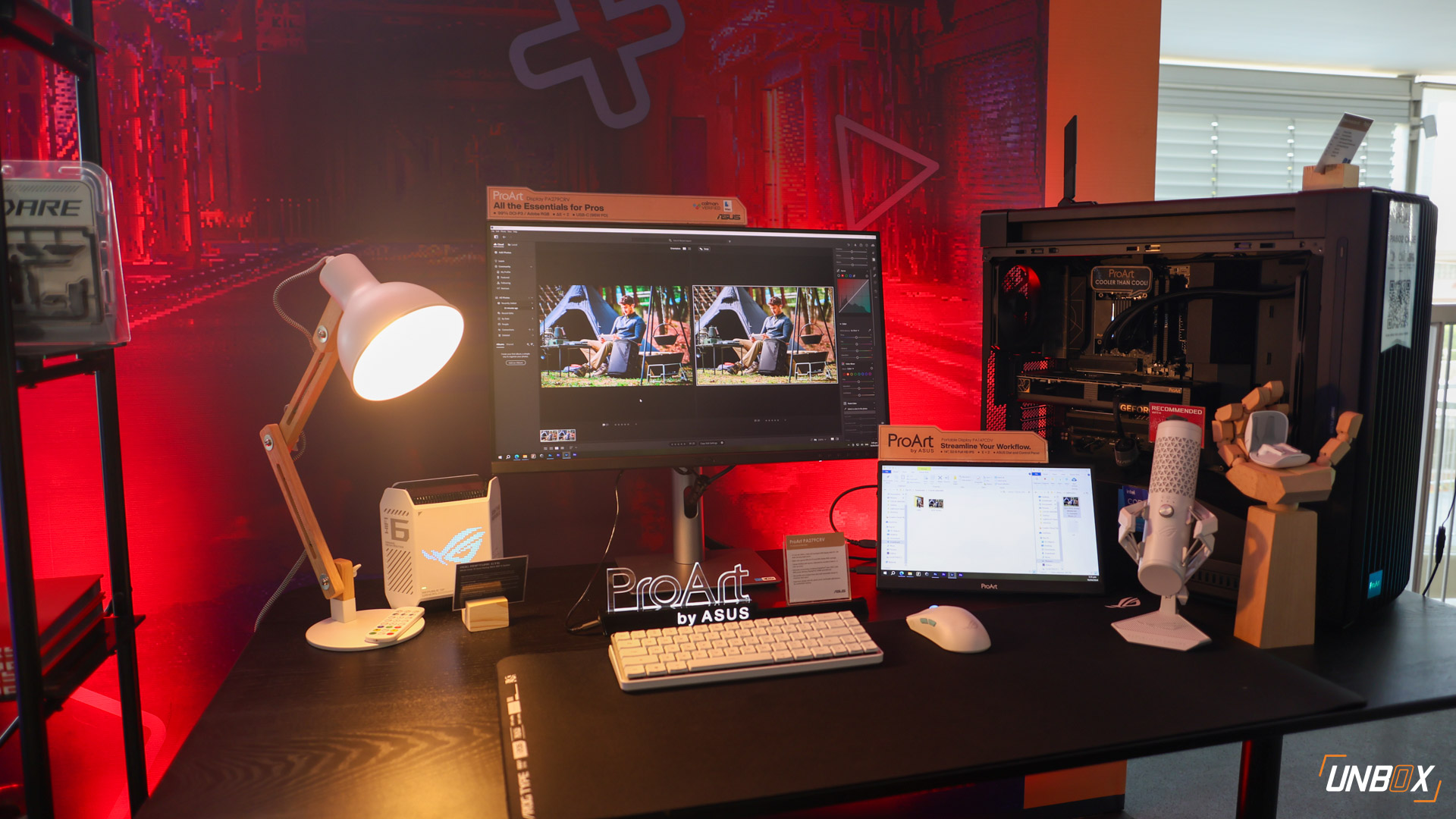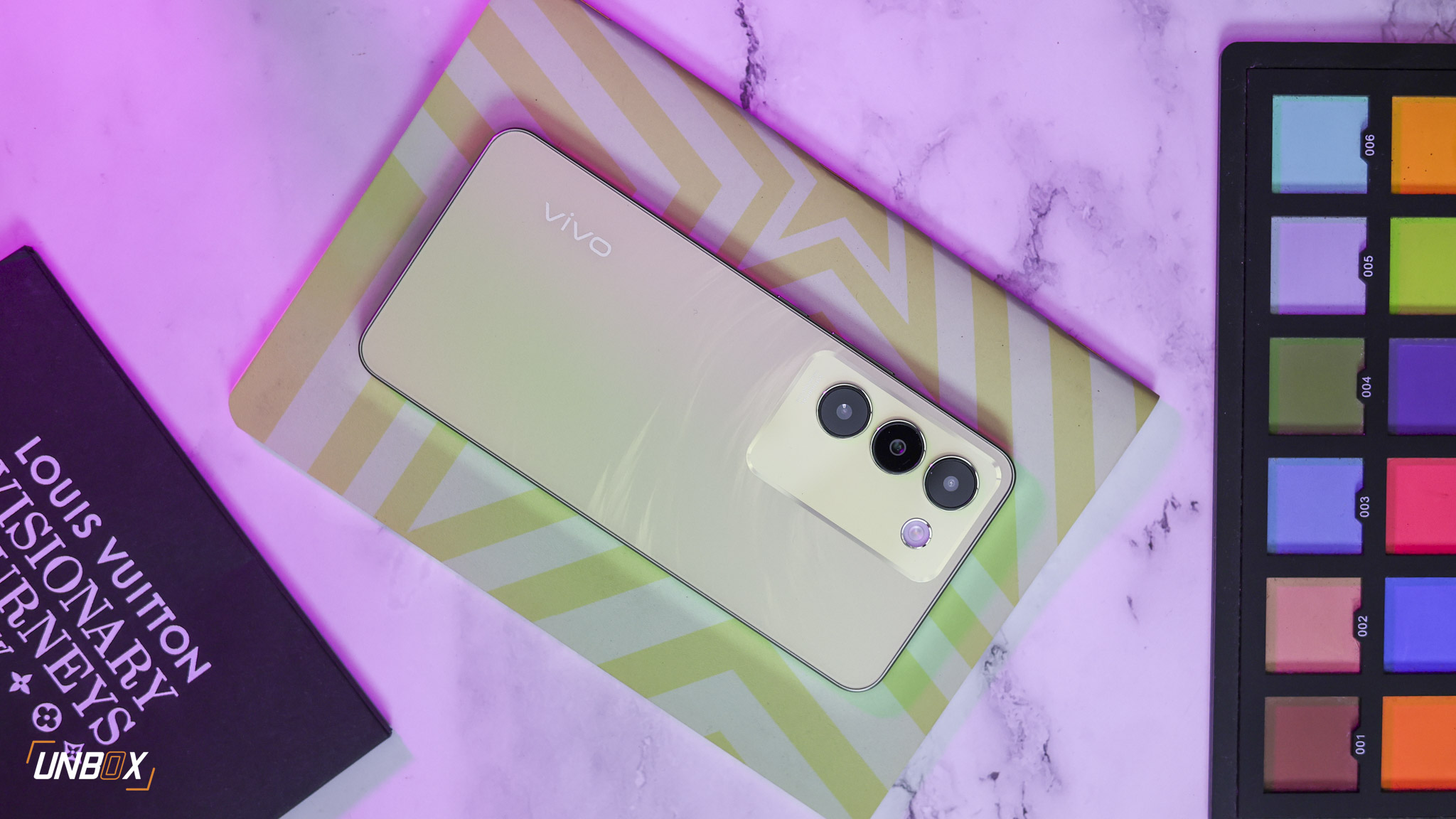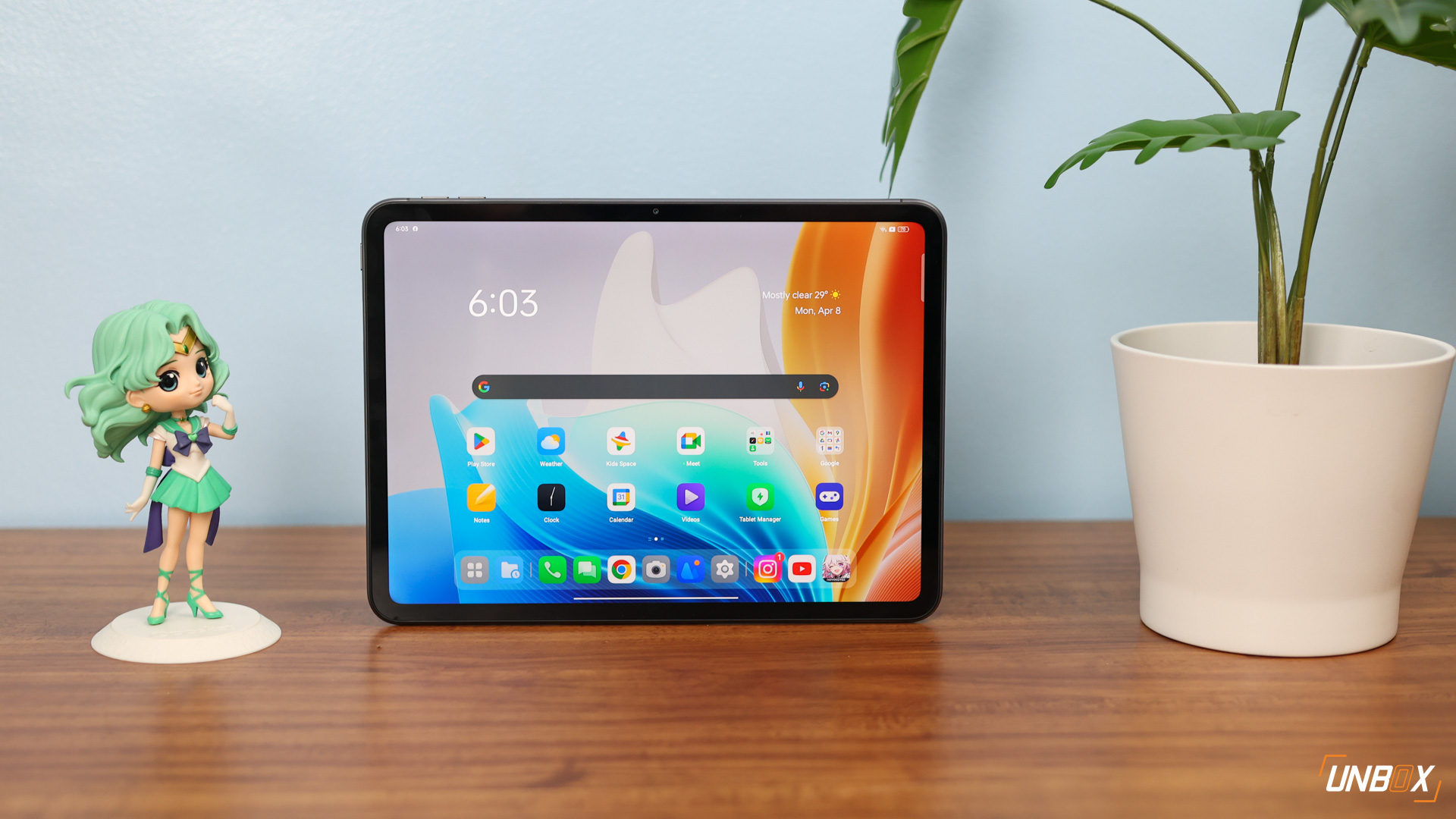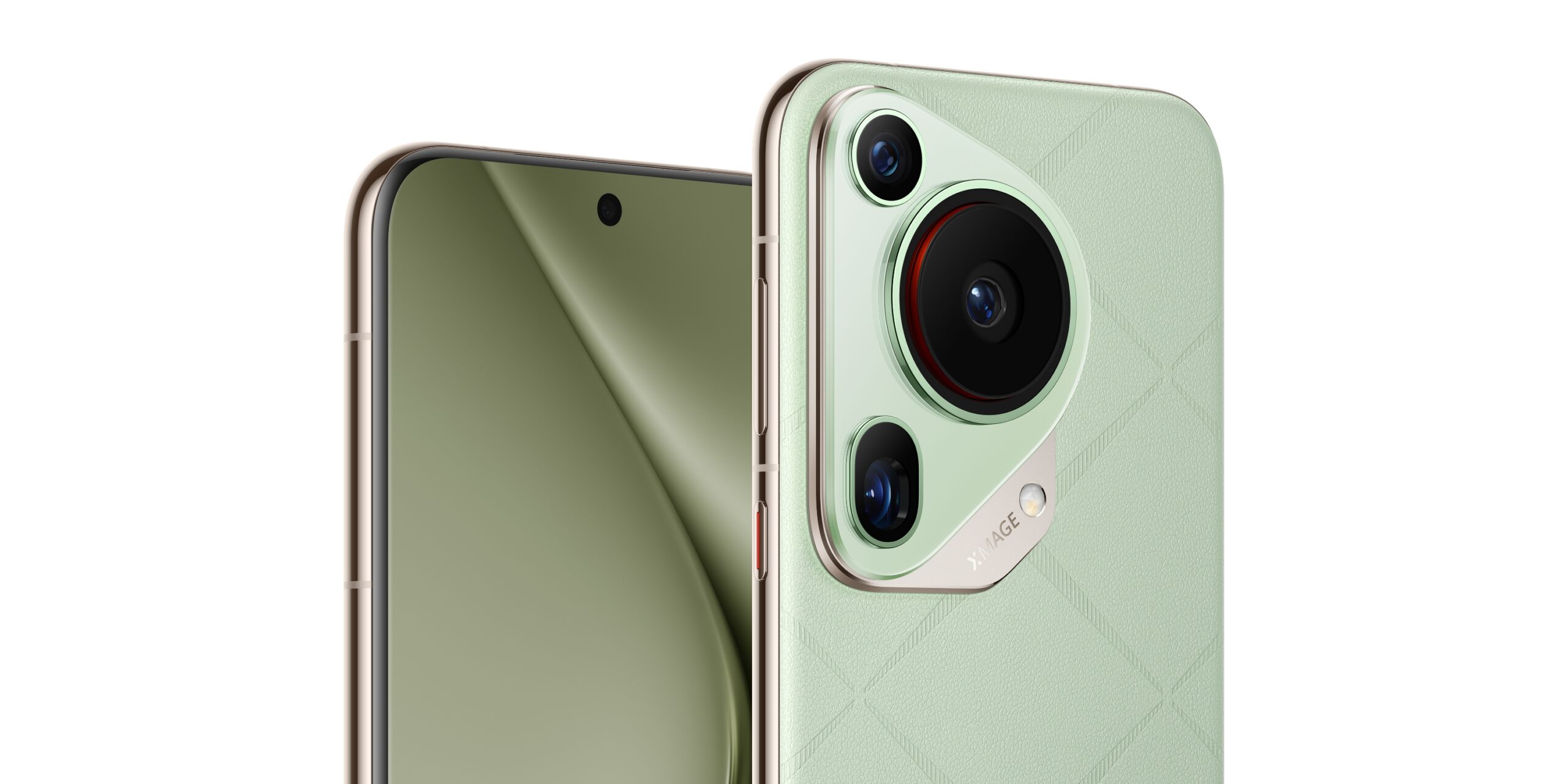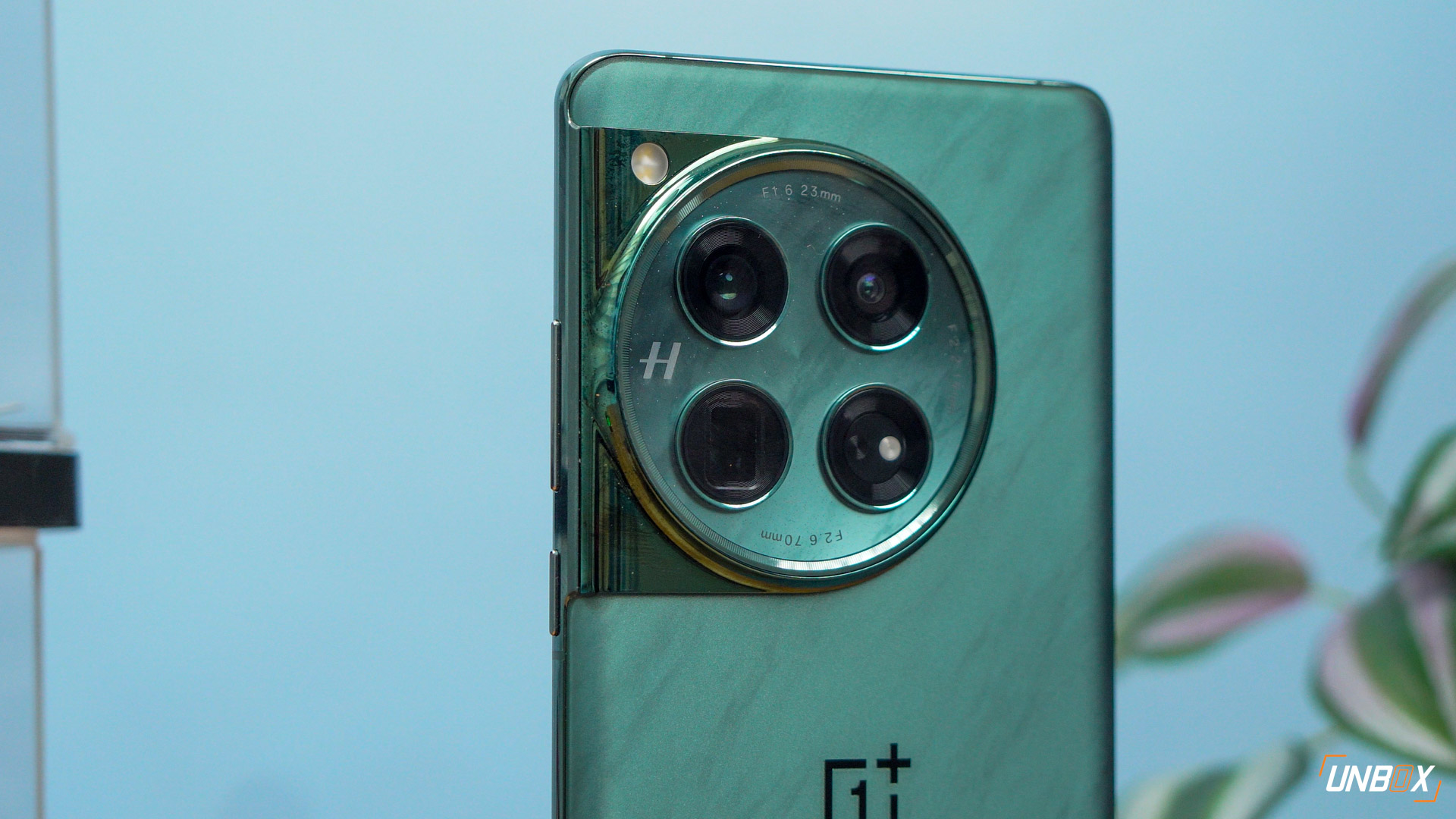LTE-A is crazy fast and reliable, and it’s now here in the Philippines.
TL;DR: LTE-A wireless technology is the next step of 4G LTE, providing significantly faster, more robust and reliable connectivity than its predecessor. Most modern flagship handsets and certain mid-high mid-range smartphones have LTE-A support.
With Smart having rolled out Long Term Evolution – Advanced (LTE-A) base stations in key areas around Metro Manila, Metro Cebu, and Metro Davao, you might be wondering: “What exactly is this LTE-A alphabet soup, and do I have a phone that can take advantage of it?”
Well, fear not, readers! Here’s Unbox’s quick and dirty primer on LTE-Advanced tech and a not-so-comprehensive list of the more popular handsets that can call upon the mighty, magical powers of LTE-A.

What Is LTE-Advanced?
In a nutshell, LTE-Advanced represents the next step of wireless technology after 4G LTE. LTE-A is an emerging set of standards and tech that aims to provide extremely fast, robust and reliable wireless data transfers.
Unlike regular “4G LTE” networks, which are mostly running on enhanced versions of 3G technology with some elements of “true 4G”, LTE-Advanced networks are capable of delivering “true 4G LTE” throughput – which, on the average, is basically 2-3 times faster than current 4G standards. LTE-A is also more reliable, with fewer dropped connections as users switch between relay sites.
Current 4G LTE networks can support a theoretical peak downlink speed of 150 Mbps, with typical user download rates of 10-20 Mbps. LTE-A networks have a crazy theoretical maximum speed of around 1 Gbps, with average user speeds of 30-100 Mbps. LTE-A networks also have broader, more reliable coverage, since they work with more LTE bands via carrier aggregation and MIMO tech.

For this post, we won’t be going through the intricacies that enable LTE-A to work. If you’re interested in a more in-depth discussion surrounding the magic of LTE-A (and more technical jargon), head over to Android Authority’s article on Carrier Aggregation and MIMO technology.
Which Devices Can Take Advantage of LTE-A?
LTE-Advanced tech is both backward and forward compatible, so smartphones that have only regular 4G LTE support can still tap into LTE-A networks – they just won’t be able to benefit from the increased throughput and wider coverage.

In general, if your device has LTE Category 6 support and upwards, then that device can take advantage of the benefits of LTE-Advanced. Here’s a list of the SoCs that can utilize LTE-A networks.
Qualcomm Snapdragon SoCs: SD 427, 435, 617, 625, 626, 630, 650, 652, 653, 660, 808, 810, 820, 821, 835
MediaTek SoCs: MT6750, MT6750T, Helio P10, Helio P15, Helio P20, Helio P25, Helio X20, Helio X23, Helio X25, Helio X27, Helio X30
Samsung Exynos SoCs: Exynos 5433, 7420, 7580, 7870, 7880, 8890, 8895
HiSilicon Kirin SoCs: Kirin 650, 655, 658, 920, 925, 928, 930, 935, 950, 955, 960
As for which devices available – officially or unofficially sold – in the Philippines have support for LTE-A networks, here’s a not-so-comprehensive list of the handsets and tablets that have the necessary hardware to take advantage of the new technology.
We’ll be updating this list gradually and occasionally, so don’t be surprised if some entries down there are still empty. Feel free to add more to this list, or correct errors, by commenting below. Thanks!
Apple
iPhone 6S
iPhone 6S Plus
iPhone 7
iPhone 7 Plus
iPad Pro 9.7
Asus
Asus Zenfone 3 5.2 (ZE520KL)
Asus Zenfone 3 5.5 (ZE552KL)
Asus Zenfone 3 Deluxe
Asus Zenfone 3 Ultra
Asus Zenfone 3 Zoom
BlackBerry
BlackBerry DTEK 50
BlackBerry DTEK 60
BlackBerry Priv
BlackBerry Passport
BlackBerry Keyone
Cherry Mobile
Cherry Mobile Flare Infinity
Cherry Mobile M1
Cherry Mobile Cosmos 3
Cherry Mobile Defender
Doogee
Doogee Y6 Max
Doogee Y6 Max 3D
Doogee F7
Elephone
Elephone P9000
Google Pixel
Google Pixel XL
Huawei
Huawei Ascend Mate 7
Huawei Mate 8
Huawei Mate 9
Huawei Mate S
Huawei P9
Huawei P9 Lite
Huawei P10
Huawei P10 Lite
Huawei P10 Plus
Huawei Honor 6
Huawei Honor 6 Plus
Huawei Honor 8
Huawei GR3 2017
Huawei GR5 2017
Huawei MediaPad M2 10.0
Infinix
Infinix Zero 4
Infinix Zero 4 Plus
Lenovo
Lenovo Vibe K5 Note
Lenovo ZUK Z2 Z2131
Lenovo Phab 2 Pro
LG
LG G4
LG G5
LG G6
LG V10
LG V20
LG Nexus 5X
Motorola
Moto M
Moto Z
Moto Z Play
Meizu
Meizu M3s
Meizu M3 Note
Meizu M3X
Meizu MX6
Meizu M5
Meizu M5 Note
OnePlus
OnePlus 3
OnePlus 3T
OPPO
OPPO A37
OPPO A59
OPPO F1s
OPPO F1 Plus
OPPO F3
OPPO F3 Plus
Oukitel
Oukitel U15S
Oukitel K6000 Plus
Samsung
Samsung Galaxy Note 4
Samsung Galaxy Note 5
Samsung Galaxy Edge
Samsung Galaxy A8
Samsung Galaxy A5 (2016)
Samsung Galaxy A7 (2016)
Samsung Galaxy A3 (2017)
Samsung Galaxy A5 (2017)
Samsung Galaxy A7 (2017)
Samsung Galaxy A9 Pro
Samsung Galaxy C9 Pro
Samsung Galaxy S5
Samsung Galaxy S6
Samsung Galaxy S6 Edge
Samsung Galaxy S7
Samsung Galaxy S7 Edge
Samsung Galaxy S8
Samsung Galaxy S8+
Samsung Galaxy Tab S2 4G+
Samsung Galaxy Tab S3
Samsung Gear S3 Frontier LTE
Sony
Sony Xperia X
Sony Xperia X Performance
Sony Xperia XZ
Sony Xperia XZs
Sony Xperia XZ Premium
Sony Xperia Z3+/Z4
Sony Xperia Z5
Sony Xperia Z5 Compact
Sony Xperia Z5 Premium
SuperD
SuperD D1
Vivo
Vivo Xplay 5
Vivo V3 Max
Vivo V5
Vivo V5s
Vivo V5 Lite
Vivo V5 Plus
Xiaomi
Xiaomi Mi 5
Xiaomi Mi 6
Xiaomi Mi Note 2
Xiaomi Redmi Note 3 (SD 650 Version)
Xiaomi Redmi Note 4
Xiaomi Redmi 4X
Xiaomi Redmi Pro
Xiaomi Mi Max
Xiaomi Mi Mix





